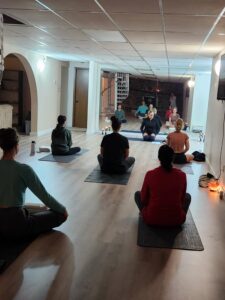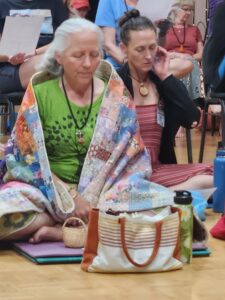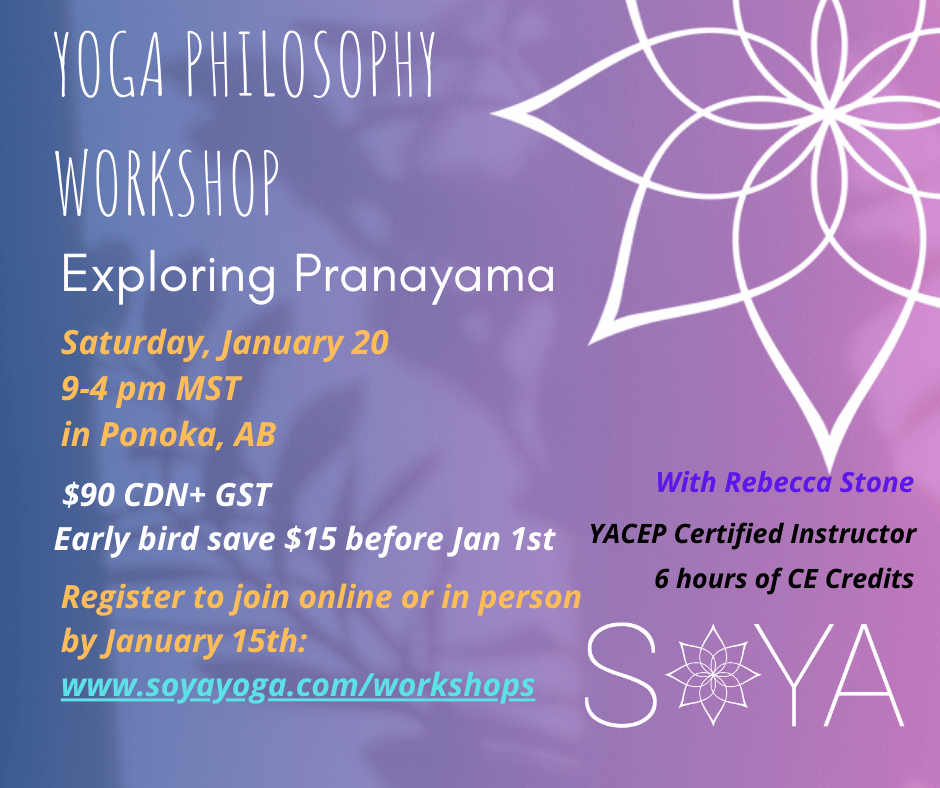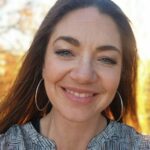Pranayama is a Sanskrit word well known by those that are studious in their practice of yoga.
It is the fourth limb in the eight limbs of yoga as laid out by Maharishi Patanjali, which we study in depth in the SOYA 200 hour yoga teacher training. In his ancient text, the Yoga Sutras, pranayama is outlined as an essential tool on our journey toward the goal of yoga, samadhi, meaning the bliss and spiritual freedom of enlightenment. In our 300 hour yoga teacher training we study the Upanishads, which carry the beautifully distilled wisdom of the Vedas. Prana is spoken about as Life itself. In the Hatha Yoga Pradipika, we are shown the science and immense power of working with this life force in various practices.
The word pranayama is often translated as “breath work” by our modern yogis, and this term has been adopted by many outside of the yoga traditions. It is quite common to see workshops and philosophies on breathing from many perspectives – some of the more prominent in the news these days are the Wim Hof method, and techniques like the Buteyko breathing exercises. There are many research studies now published about the breath that can be found with a simple Google search. A wonderful book outlining the most up to date research on healthy breathing that, I believe, should be on every yoga teacher’s bookshelf, is Breath – The New Science of a Lost Art, by author James Nestor.
 Modern science shows HOW we breathe is deeply impactful on our health. Not surprisingly, yoga has been sharing the same information for many ages. Breathe slowly, mindfully, and completely. Breathe in and out of the nose. There is a correlation between brain hemispheres and the sinus rhythm. We can influence brain health, cell growth, genetic predispositions, endocrine glands, cardiovascular function, and the nervous system all by working with our breath. Justifiably, yoga teachers and many other wellness based practices include breath work in what they are sharing.
Modern science shows HOW we breathe is deeply impactful on our health. Not surprisingly, yoga has been sharing the same information for many ages. Breathe slowly, mindfully, and completely. Breathe in and out of the nose. There is a correlation between brain hemispheres and the sinus rhythm. We can influence brain health, cell growth, genetic predispositions, endocrine glands, cardiovascular function, and the nervous system all by working with our breath. Justifiably, yoga teachers and many other wellness based practices include breath work in what they are sharing.
While there are many modern takes on working with the breath, I think it is important to acknowledge that the breath has been studied for time immemorial. It seems like new information to us, but the science of breath has been long known and taught by ancient yoga traditions. The breath practices we study and use today are the same techniques used successfully by yogis for thousands of years. For far longer than the Western lens has even considered, organizations like the Kaivalyadhama Institute in India, have employed the scientific process to observe the measurable results of pranayama.
Where the modern scientific perspective and that of the yogic separates, is in how yoga views the more subtle anatomy of breath. With this perspective, we move far beyond the physical benefit associated with breath. We move into the astral and causal realms, a far more subtle and far-reaching concept.
Let’s start with the translation of the word pranayama.
The first part of the word is prana. This is not referring to the physical breath, as many think, but rather prana is the word used to describe the life force. It is describing the invisible power that rides upon the breath into the body, like a rider upon a horse. The second part of pranayama, “ayama” has many meanings! In this context, it is often translated as “expansion” or “control” or “extension”. I really appreciate Dr. Ananda Balayogi Bhavanani’s translation of “enhancement”. With this insight of pranayama as “enhancement of the life force”, we start to move beyond the solely physical realm.
According to this ancient wisdom, this life force is consciousness itself:
“I am the breath of life, and I am the consciousness of life… it is the consciousness of life which becomes the breath of life and gives life to a body.” ~ Kaushitaki Upanishad.
Without this force, in the world of form there would be no life at all:
“However it is the Life Force, the Prana behind these (elements) that is the Power Supreme and holds the body together… Life said to them: Do not fall into delusion. It is I who, in my fivefold division (prana, apana, samana, udana, vyana) keep the union of this being and I am its Foundation”. ~ Prasna Upanishad.
These teachings help us to understand that we may be working with the physical breath, but its influence is beyond the physical. It allows us to work with the much more subtle and powerful realm of the life force in mind and body. This life force connects us to the very consciousness of the Cosmic Universe!
In the Yoga Sutras, Patanjali discusses this: “Atman, the experiencer, is pure consciousness. It appears to take on the changing colours of the mind – we think we are the mind and body, but in truth, we are a soul experiencing life through a body.” Chapter 2, verses 17-20.
Ever the practical teacher, Sage Patanjali shares that our physical posture when we sit and breathe in meditation influences the life force in our mind and body: “The seated posture should be where one sits absolutely still and erect, holding the chest, neck and head in a straight line, without strain.” Chapter 2 verse 46. He reminds us that pranayama should be learned from a teacher, and not simply from books! And, perhaps most importantly, he reminds us that how we live with our values and actions towards ourselves and others, is an immense influence upon the life force in our body. The wisdom of the yamas and niyamas also help to stabilize and purify the body/mind as we work with the prana. To quote from Mugs’ book, Letters from the Yoga Masters: “The yamas and niyamas help protect us from our egos. They help us to respect all of life and to be good and humble people.” page 32.
 We can see the wind by the movement of the trees. So it is with the breath and the mind. When we are able to be in harmony with the life force, our breath is deeply quieted. Patanjali shares what happens: “Perfection is attained when the mind becomes as pure as the Atman itself. This occurs when all the thought-waves of the mind have been stilled and the mind holds nothing but pure, undifferentiated consciousness.” Chapter 3, verse 56.
We can see the wind by the movement of the trees. So it is with the breath and the mind. When we are able to be in harmony with the life force, our breath is deeply quieted. Patanjali shares what happens: “Perfection is attained when the mind becomes as pure as the Atman itself. This occurs when all the thought-waves of the mind have been stilled and the mind holds nothing but pure, undifferentiated consciousness.” Chapter 3, verse 56.
It is ever in our nature to forget the true reality of our Oneness with all things. Pranayama is a far reaching practice and essential for our remembering! It has a deep influence on our physical and astral bodies. It connects with the most integral part of who we are, that of the Atman, our very soul.
Pranayama reaches far beyond the physical breath and into the very nature of Life! It is this body of knowledge that is held by, and remains sacred to, Yoga.
You can join Rebecca at her upcoming SOYA Philosophy Workshop offering, Exploring Pranayama on January 20, 2024. Join in person in Ponoka, AB or join the livestream. Learn more and register here!


Rebecca (Becky) is the director of the South Okanagan Yoga Academy since Mugs has retired in 2023. Initially graduating from her 200 hour Yoga Teacher Training in 2010, Becky is now an E-RYT500 teacher and a lead faculty member. She lives in Strathmore, Alberta and offers community and private yoga and meditation classes in person and online, as well as various workshops and yoga teacher trainings in Alberta, Mexico and Online. Her passion is sharing how yoga practices and philosophy can be accessible, relatable and applicable in transforming our lives.


Recent Comments